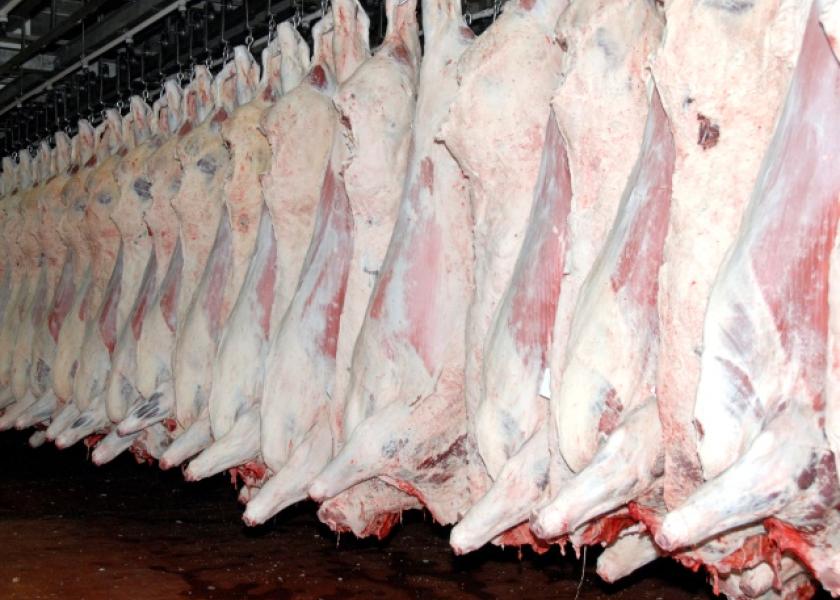Derrell Peel: Strong Finish For 2019 Beef Production

Sharply higher carcass weights recently have boosted beef production; though another round of winter weather currently hitting parts of cattle feeding country may temper that in the last few weeks of the year. After spending much of the year below year ago levels on a weekly basis, carcass weights moved sharply higher in October and November, not only approaching seasonal peaks but higher year over year compared to the same period last year.
Steer carcass weights likely peaked in mid-November at 912 pounds, though weights have dropped only one pound from that level in the most recent two weeks of data. In 2018, steer carcass weights peaked one week earlier at 904 pounds. Steer carcass weights have averaged 7.5 pounds higher year over year for the past eight weeks of data, For the year to date, steer carcass weights are still down year over year but are now down just 2.7 pounds compared to last year.
Heifer carcass weights likely peaked at 742 pounds the third week of November and have dropped two pounds since then. One year ago, heifer carcass weights peaked the last week of November at 838 pounds. Heifer carcass weights have been higher year over year for the past seven weeks but have averaged 4.0 pounds below year ago levels for the year to date.
Sharply higher carcass weights recently reflect better feedlot conditions and performance in the last quarter of 2019 after lots of struggles earlier in the year. Data from the KSU Focus on Feedlots shows that average daily gains in feedlot were down through the first three-quarters of the year with simultaneously poor feeding efficiency resulting in higher feed to gain ratios over the same period. The result was lower carcass weights despite the fact that days on feed were higher year over year for the bulk the year until recently.
Steer and heifer slaughter is projected to be up about 0.8 percent year over year compared to 2018 with total cattle slaughter up about 1.2 percent at 33.4 million head. Combined with modestly lower carcass weights, total beef production for 2019 is projected to be up 0.6 percent year over year at 27.0 billion pounds, just a few pounds shy of record U.S. beef production in 2002.
Poor feedlot conditions and performance likely contributed to a reduction in Choice grading percentage that extended from late in the second quarter well into the fourth quarter of the year. The result has been an unusually wide Choice-Select spread in the second half of the year that has only recently narrowed back to more typical levels for this time of year. Since June, the weekly Choice-Select spread has averaged $22.84/cwt., compared to $12.09/cwt. for the same period last year. The most recent weekly Choice-Select spread was $14.67/cwt.
Boxed beef prices peaked in mid-November with a weekly value of $240.66/cwt. for Choice and $215.52/cwt. for Select. The current mid-December level of $219.14/cwt. for Choice and $204.47/cwt. for Select compares to Choice boxed beef at $213.11/cwt. and Select at $201.61/cwt. one year ago.
Related stories:
Derrell Peel: Beef Production Seasonality







